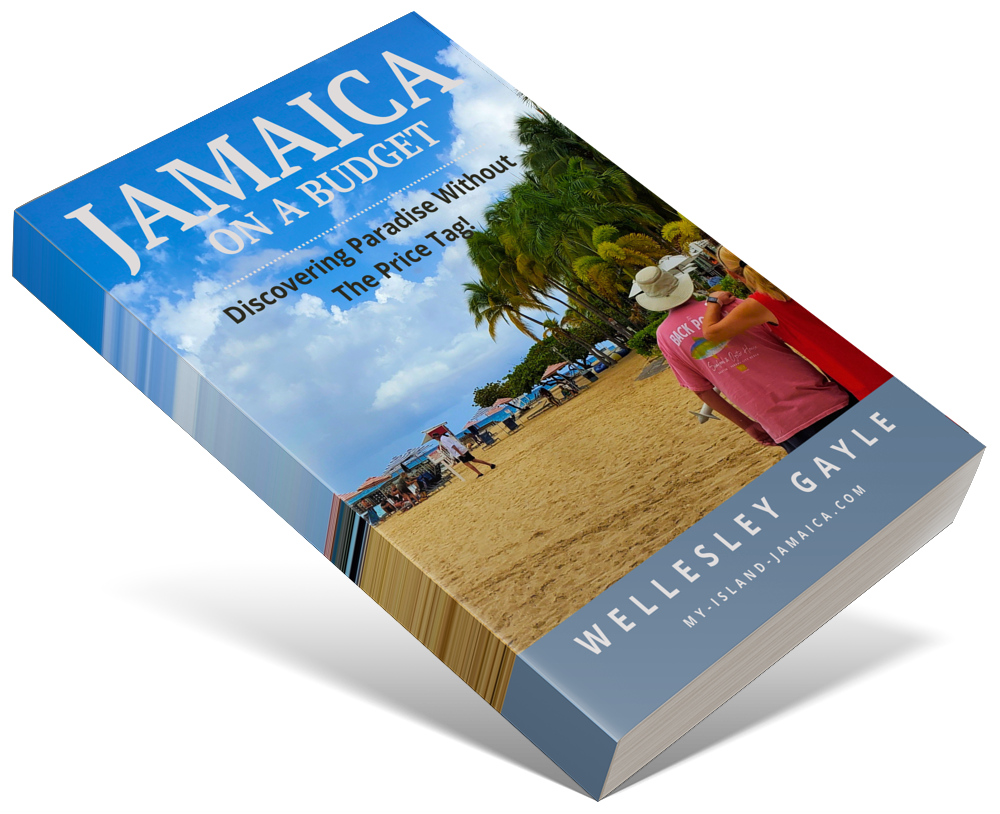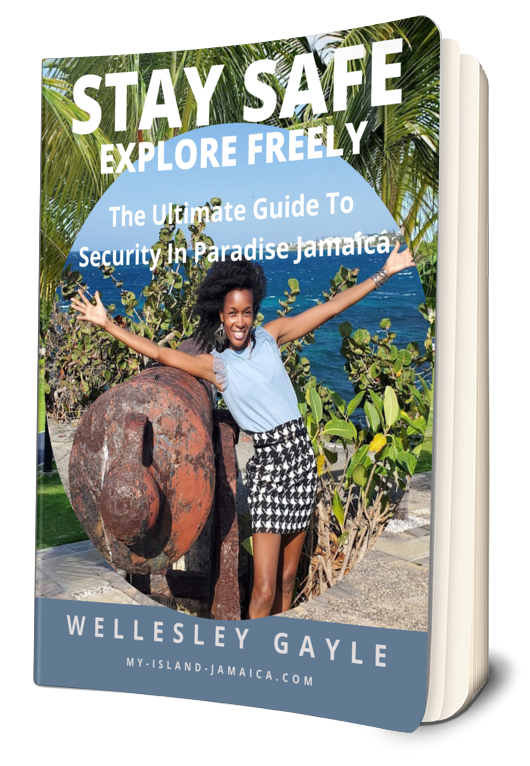Subscribe for all my updates and don't miss a thing! Sign me up!
10 Amazing Facts About Port Royal, Jamaica
by Deon Clarke | Associate Writer
Port Royal, a city of intrigue, riches, plundering, privateers, buccaneers, pirates, you name it, it was there. While Port Royal is now a relatively very quiet fishing village, it’s hard to imagine that this city in our little Jamaica was once the bustling economic centre of trade in the new world, but indeed, it was. Pirates from all over the world congregated at the city of Port Royal. They came from waters even as far away as Madagascar. Amazing, isn’t it? Let us look at 10 amazing facts about this historic city.
- Port Royal is now a small fishing village located at the end of the Palisadoes, at the mouth or entrance of the Kingston Harbour, in southeastern Jamaica.
- The Tainos were known to occupy this area for centuries before European settlers arrived. They called the area Caguay or Caguaya and used it during their fishing expeditions. Though they inhabited other areas of Jamaica, it is not known if they ever settled at the location.
The English initially called the place Cagway but soon after renamed it, Port Royal. For much of the period between the English conquest and the 1692 earthquake, Port Royal served as the unofficial capital of Jamaica, while Spanish Town remained the official capital. In 1872 the government designated Kingston, the largest city and capital of Jamaica. - Port Royal was officially founded in 1494 by the Spanish and was once the largest city in the Caribbean. It was the epicentre of shipping and commerce in the Caribbean by the latter half of the 17th century.
- By 1692 Port Royal had become a significant international economic hub. Regrettably, the city was destroyed by an earthquake followed by a tsunami on June 7, 1692. This historical earthquake was recorded to have occurred at 11:43 am. This was evidenced by the recovery of a pocket watch from the seafloor in the 1960s. It is believed to be the exact time of the extremely devastating earthquake.
A large section of the town sank into the sea, and about two-fifths of the population died either in the earthquake or in the plagues and diseases in the aftermath.
The citizens of Port Royal were at a greater risk of death due to the dangerous sand, falling buildings, and the tsunami that followed, although the earthquake struck the entire island. The earthquake actually caused the sand beneath Port Royal to liquefy and flow into Kingston Harbour. - Another devastating earthquake hit Port Royal on January 14,1907, liquefying the sand spit and destroying nearly all of the city that was re-built. It submerged additional sections of the city and caused the tilting of some structures. The “Giddy House” building, the old Royal Artillery Store for the Victoria Battery that was built in 1888, is one such structure. This lopsided building still stands today as a tourist attraction.
The earthquake shifted the building to its current 45-degree angle. On entering the building, people claim to often feel a strange sensation of being giddy or somewhat off-balance hence its name the “Giddy House”. - Port Royal was called the "wickedest city on earth". It was also called a den of pirates, prostitutes, and slavers unlike any that the world had ever known. The city was so overrun with liquor, slavers, and prostitution that one in every four buildings was either a tavern or bar or a brothel.
- Port Royal was the richest city in the new world. In the late 17th century it became the base of operations for buccaneers and privateers turned pirates who raided the Spanish islands and ships. The notorious Captain Henry Morgan established his headquarters there, and as the plundered gold poured in, this was followed by merchants and artisans who were only too eager to cater to all the appetites of the pirates. Fine brick houses of two and three stories could be seen where the more than 8,000 inhabitants dwelled.
- Port Royal was a very popular homeport for the English and Dutch sponsored privateers to spend their treasure during the 17th century. When the governments of these countries abandoned the practice of issuing letters of marque to these privateers against the Spanish treasure fleets and possessions in the later 16th century, many of the crews turned to piracy. They continued to use the city as their main base of operations during the 17th century. Pirates from around the world gathered there coming from waters as far away as Madagascar.
- Port Royal was a safe haven initially for privateers and subsequently for pirates who traversed the shipping lanes to and from Spain and Panama. The buccaneers also found Port Royal appealing for several reasons such as its proximity to trade routes which allowed them easy access to their prey, but most importantly the port's proximity to several of the only safe passages or straits giving access to the Spanish Main from the Atlantic.
The harbour was large enough to accommodate their ships and provided a place to store and repair their vessels, and proved to be ideal for launching raids on Spanish settlements. Christopher Myngs sacked Campeche and Henry Morgan attacked Panama, Portobello, and Maracaibo from Port Royal. Buccaneers such as Roche Brasiliano, John Davis, and Edward Mansvelt also used Port Royal as a base of their operations. - A Royal Navy Base was established in Port Royal. Under British rule, the Royal Navy took advantage of a careening wharf at Port Royal and rented a building near the shore to be used as a storehouse. In 1675, a resident Naval Officer was appointed to be the overseer for these facilities however, the development was short-lived due to the 1692 earthquake. After the earthquake, there was an attempt to build a naval base at Port Antonio instead, but the climate there was not suitable.
From 1735, Port Royal once again became the focus of the Admiralty's attention. New wharves and storehouses were built, as well as housing for the officers of the Yard. Over the next thirty years, more facilities were added. A Royal Naval Hospital was also established on land close to the west of the Naval Yard and by the end of the 18th century, a small Victualling Yard had been added to the east (before this the ships had had to go to Kingston and other settlements to take on needed supplies).
A significant amount of rebuilding took place at the start of the 19th century, in what was by now a substantial Royal Navy Dockyard that served the fleet in the Caribbean.
The Yard continued its expansion right up to the beginning of the 20th century, but then because the Admiralty was more focusing on happenings in Europe, the Navy withdrew from its station in Jamaica and the Dockyard officially closed in 1905.
Wow, what a rich history of a city! What was once a bustling “sin city” of wealth, fame and grandeur, now a calm, quiet fishing village! I bet you never knew so much about Port Royal! Not only that, Port Royal has been featured in a number of films and video games. Be sure to check them out!
I also recommend you read The Best & Most Popular Tourist Attractions in Jamaica.
Regards,
DC
References:
- “Port Royal”, Wikipedia, https://en.wikipedia.org/wiki/Port_Royal
- “Alarming Facts On The History Of Port Royal Jamaica”, My Island Jamaica, https://www.my-island-jamaica.com/port_royal_jamaica.html
- “Port Royal”, Britannica, https://www.britannica.com/place/Port-Royal-Jamaica
Editor's Note
What would you like to know about Jamaica? Submit your question here! With well over 2000 questions already answered, chances are we can assist :-)
New! Get My Latest Book👇🏿
|
You asked, I've answered! You no longer need to save for months or years, to enjoy paradise! I spilled the beans! sharing my top tips on finding cozy accommodations and secret gems, only the way a native could! Click Here to pick it up on my e-store and start saving now! |
See The Best Of Jamaica - In Videos!
|
My channel reaches over 140,000 subscribers worldwide and has leveraged over 11 million views, sharing, what I call 'The Real Jamaica'. Subscribe today and join our family of viewers. |
Read More ...
New! Experience The REAL Jamaica!
Book Your Private Tour here and experience Jamaica the way we (locals) do!
P.S. Didn't find what you were looking for?
Still need help?
Click Here to try our dependable and effective Site Search tool. It works!
Or, simply click here and here, to browse my library of over 500 questions and answers! Chances are someone already asked (and got an answer to) your question.





